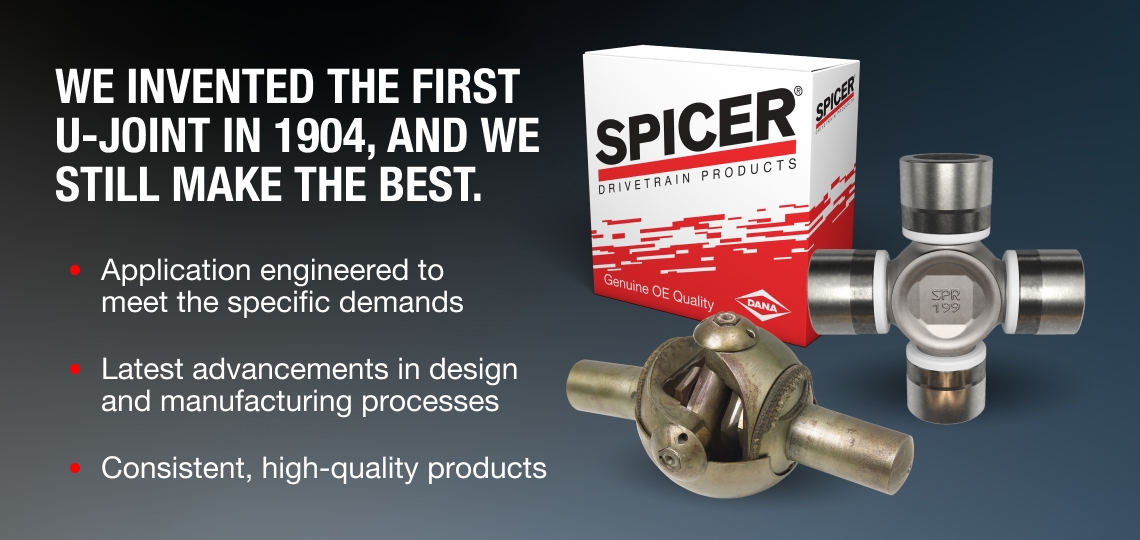Calculate the optimal operating RPM (revolutions per minute) of your driveshaft based on the style of the driveshaft, the tube outside diameter (O.D.), the series, and the distance between joint centers when installed (in inches).
A properly balanced driveshaft can experience severe vibrations if its normal operating speed is above its “safe operating speed.” Make sure you read, understand, and follow the following recommendations:
- Using the calculator below, make sure your driveshaft cannot exceed a safe RPM. Remember, in a vehicle or machine with an overdrive transmission, the driveshaft will rotate faster than the engine when the transmission is in overdrive. A driveshaft that has the potential of operating above the “safe operating speed” could fail and could be thrown from under the vehicle or machine. This could cause serious injury or death to persons nearby.
- The twice-per-revolution vibration characteristics of a cardan u-joint, operating at an angle, can produce a minor vibration if normal operating speed of the driveshaft is near 1/2 of its true critical speed. If your driveshaft is operating at or near the “1/2 true critical speed” (as figured below) and you believe you are experiencing this type of vibration, we suggest you try one or all of the following:
- Re-check the balance and runout of the driveshaft: unbalance is the major factor in 1/2 critical speed vibrations. Reducing unbalance may cure this type of vibration problem.
- Disconnect one end of the driveshaft, rotate the driveshaft 180 degrees and re-install it.
- Reduce the u-joint operating angles of the driveshaft. Remember to keep them equal as you change them.
- Disconnect the driveshaft and remove the end yoke from the transmission or axle. Rotate the end yoke approximately 90 degrees and re-install it (torque the nut to specifications). Re-install the driveshaft.
- Redesign the driveshaft(s) in the vehicle. Change to multiple driveshafts or change the length and/or tube diameter(s) of existing driveshafts to move the 1/2 critical speed of the assembly well out of the normal operating RPM of the vehicle. In short, you never want the 1/2 critical speed of the driveshaft to occur within the 50 to 70 MPH range of the vehicle.
WARNINGS
- An unbalanced driveshaft can experience a critical speed failure in your balancer at an RPM that is lower than the “Safe operating RPM” figure shown below.
- Before spinning an unbalanced driveshaft in your balancer, check the “Max. initial balance RPM” window, below. Exceeding this RPM could cause failure in your balancer, which could damage your balancer and could cause serious injury or death to anyone operating or near your balancer.
- If the final balancing speed of this driveshaft is greater than the “Max. initial balance RPM,” we recommend pre-balancing the driveshaft at the “Max. initial balance RPM” before attempting to spin it to the final balance speed.
Find a Spicer parts distributor today, or find where you can place your order now on Dana’s streamlined eCommerce platform, DanaAftermarket.com.


